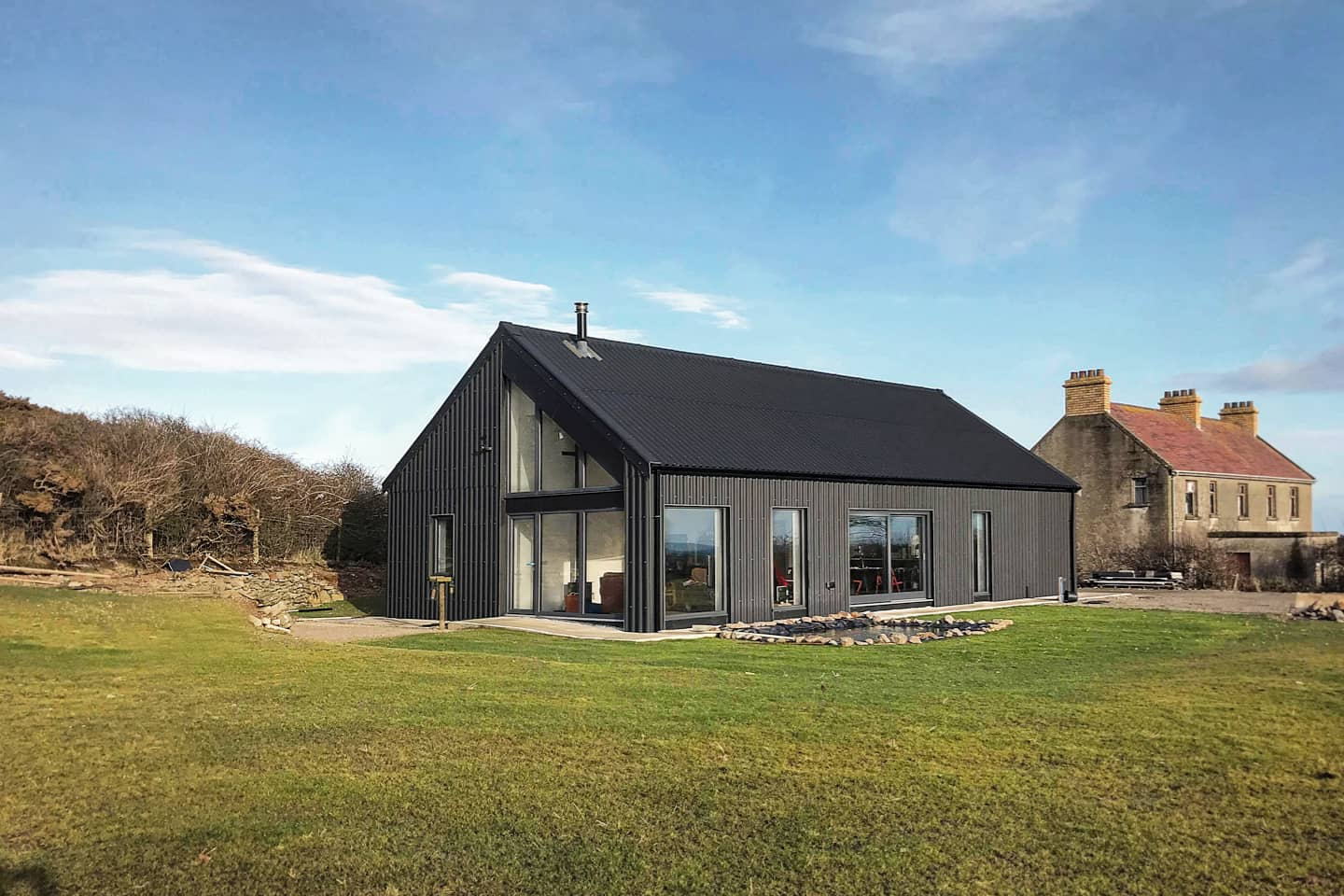Could impending changes to Northern Ireland planning policy affect you?
In 2015 there was a major restructuring of Northern Irish councils. The existing 28 councils reformed to become 11 new super councils. Notably there was also a major change to the planning process; powers shifted from the DOE (Department of the Environment) to each separate council.
As part of this change each of the 11 council’s has created a Local Development Plan and in these plans most are seeking changes to existing planning policy; most dramatically in their redefining of the infill policy for the countryside and a renewed focus on affordable houses in towns and villages. With many of these new plans due for consideration in the Winter of 2020 and Spring of 2021 CPS Planning’s’ Lead Planning Consultant, Jason Martin, is here to tell us what these potential changes will mean.
Today our expert will focus on potential changes to infill policy.











